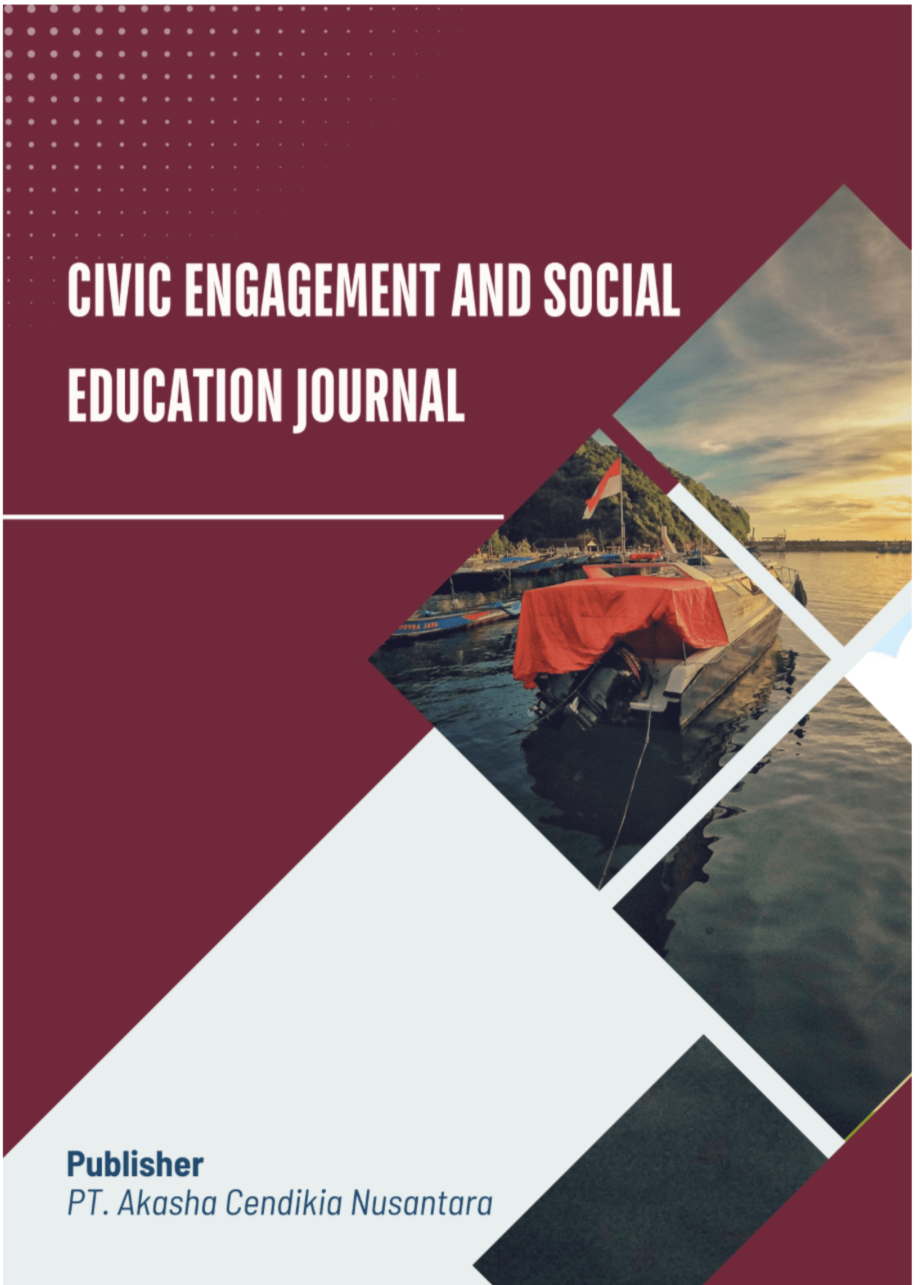The Influence of Digital Technology on The Learning Process of Islamic Religious Education at Thoriqul Huda Mts Bunijaya, Cianjur
Main Article Content
Abstract
This study investigates how digital technology influences Islamic Religious Education (PAI) at Thoriqul Huda Bunijaya High School (MTs) in Cianjur City. The motivation for this research stems from the rapid advancement of technology, which has changed the traditional teaching and learning dynamics, necessitating an examination of how technology can be effectively incorporated into religious education. The importance of this research is rooted in understanding both the benefits and obstacles of integrating digital technology into religious education, especially for students who are becoming increasingly comfortable with digital tools. The methodology employed is library-based research, supplemented by case study data analysis from the two schools involved. Information gathering involved a comprehensive review of relevant literature, including academic journals, books, and educational papers, in order to establish a sound theoretical foundation. Data analysis focused on discovering trends and conclusions that emerged from the application of technology in PAI education. Findings indicate that digital technology has increased students' access to educational materials, fostered interactive learning experiences, and enhanced their digital literacy. However, challenges were also identified, such as students often using digital devices for non-educational purposes. The discussion section highlights the critical role of monitoring by both educators and parents regarding technology use, as well as the need for strategic approaches to optimize the benefits of technology in religious education. As a result, this research offers essential perspectives for educators and stakeholders in crafting relevant educational policies while promoting responsible technology use to enhance the quality of religious education experiences in the digital age.

